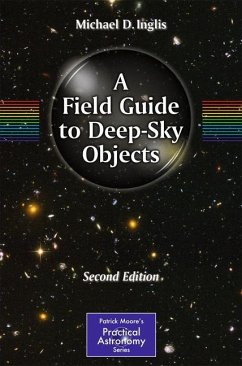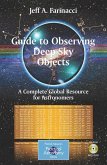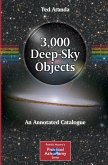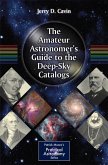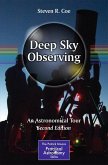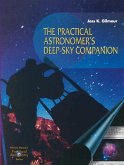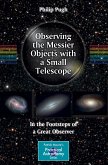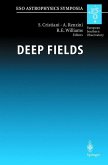This star guide enables amateur astronomers to focus on a class of object, and using an observation list that begins with the easiest object, find and move progressively over a period of months to more difficult targets. Includes detailed descriptive summaries of each class of object. Amateur astronomers of all levels will find this book invaluable for its broad-ranging background material, its lists of fascinating objects, and for its power to improve practical observing skills while viewing many different types of deep-sky objects.
This new edition of A Field Guide to Deep-sky Objects brings in a correction of out-of-date science along with two new chapters; Transient objects, and Naked-Eye Deep Sky Objects. This edition adds up-to-date information and on the objects mentioned above.
This new edition of A Field Guide to Deep-sky Objects brings in a correction of out-of-date science along with two new chapters; Transient objects, and Naked-Eye Deep Sky Objects. This edition adds up-to-date information and on the objects mentioned above.
This new edition of A Field Guide to Deep-sky Objects brings in a correction of out-of-date science along with two new chapters; Transient objects, and Naked-Eye Deep Sky Objects. This edition adds up-to-date information and on the objects mentioned above.
This new edition of A Field Guide to Deep-sky Objects brings in a correction of out-of-date science along with two new chapters; Transient objects, and Naked-Eye Deep Sky Objects. This edition adds up-to-date information and on the objects mentioned above.

